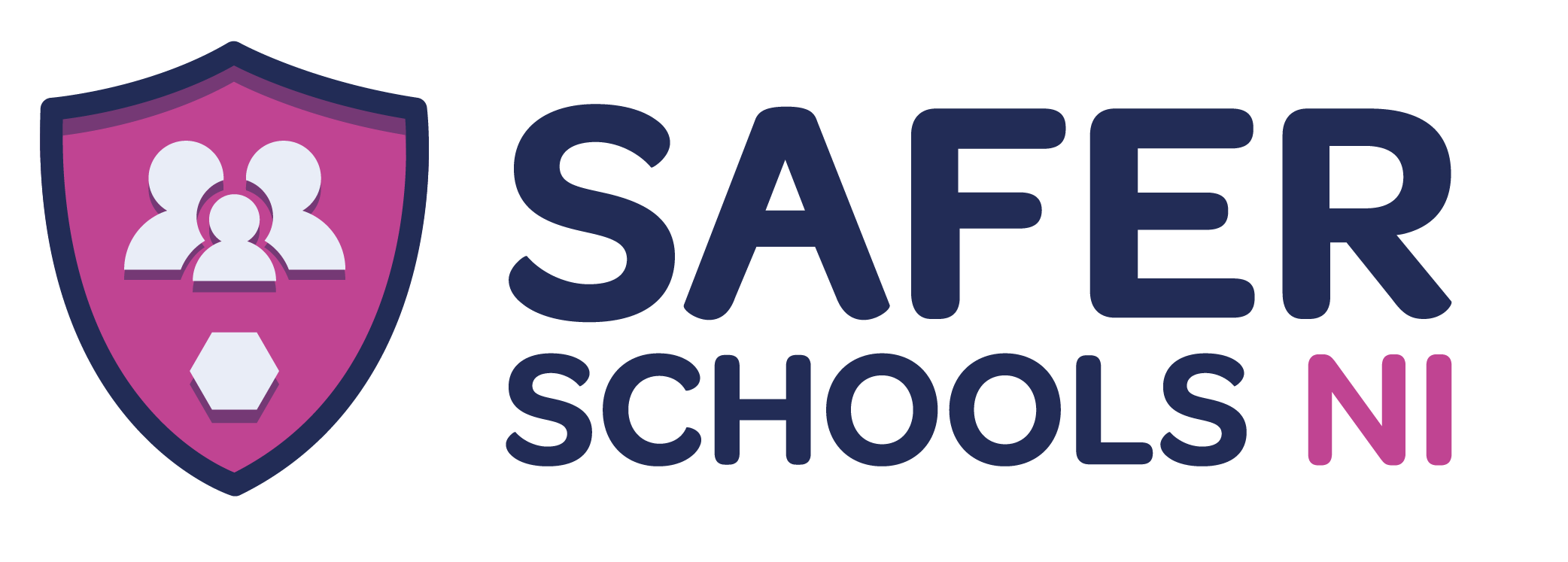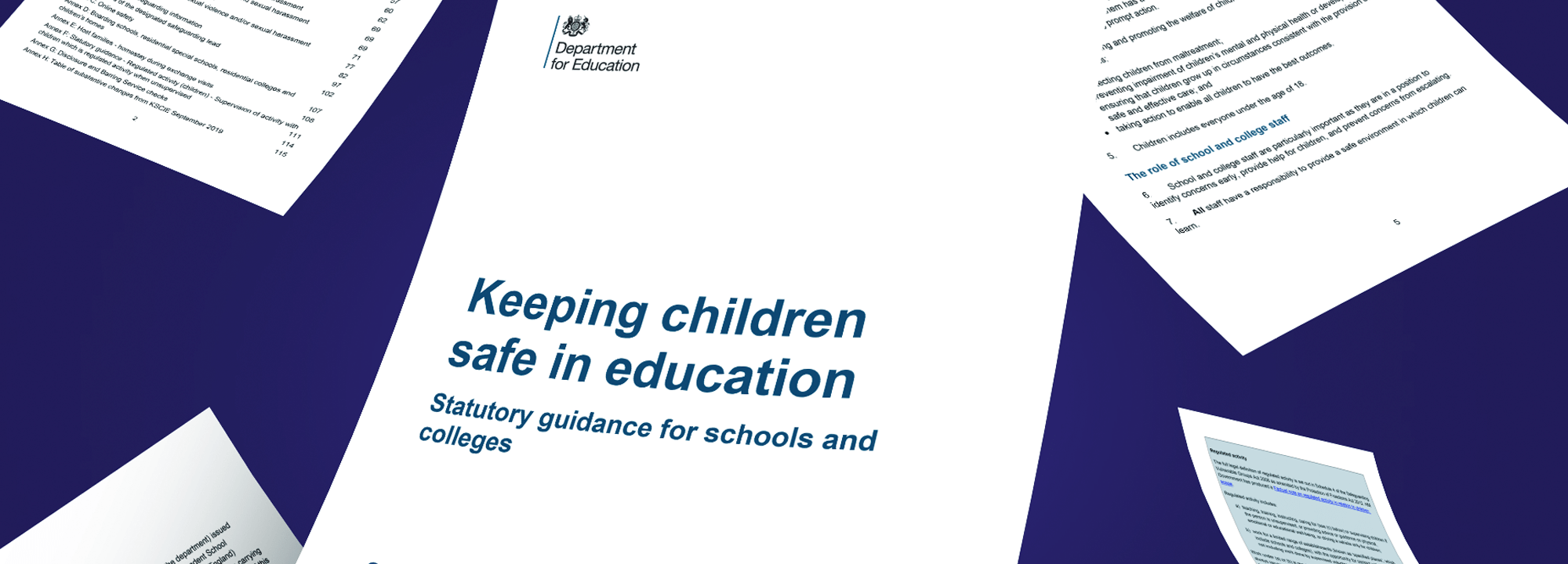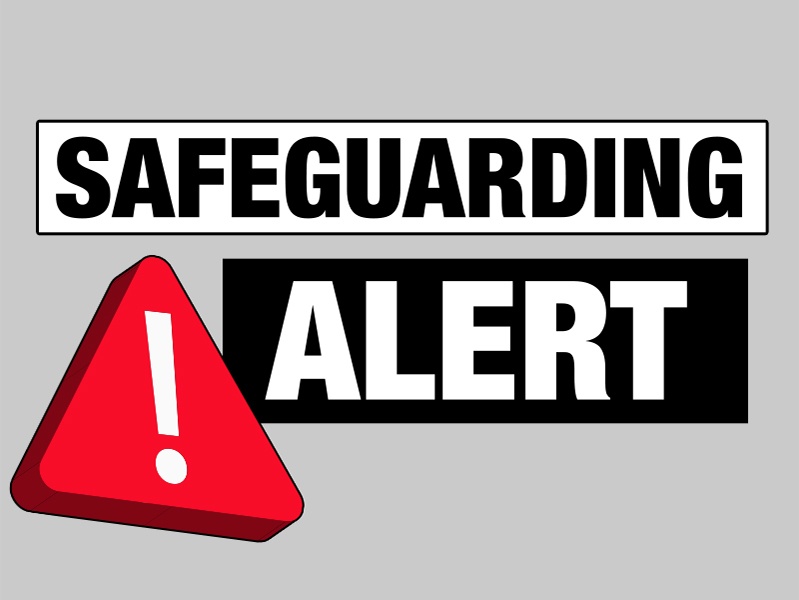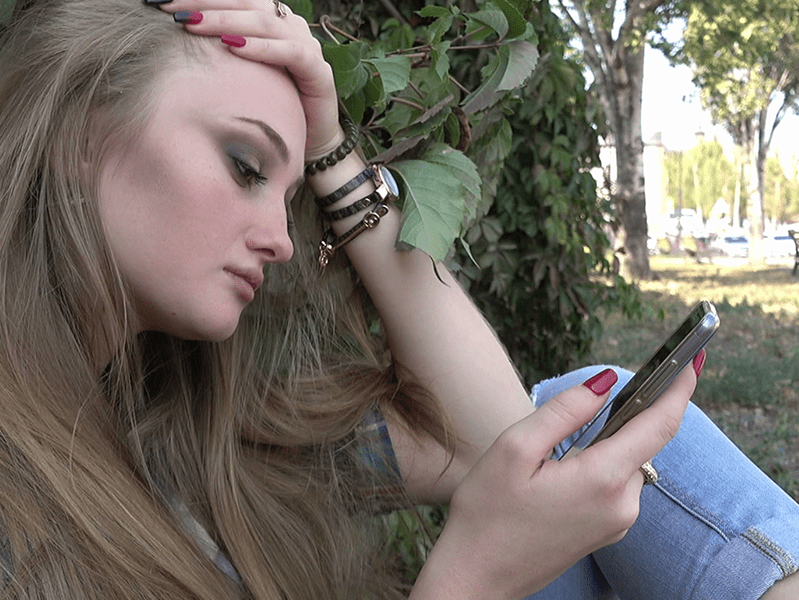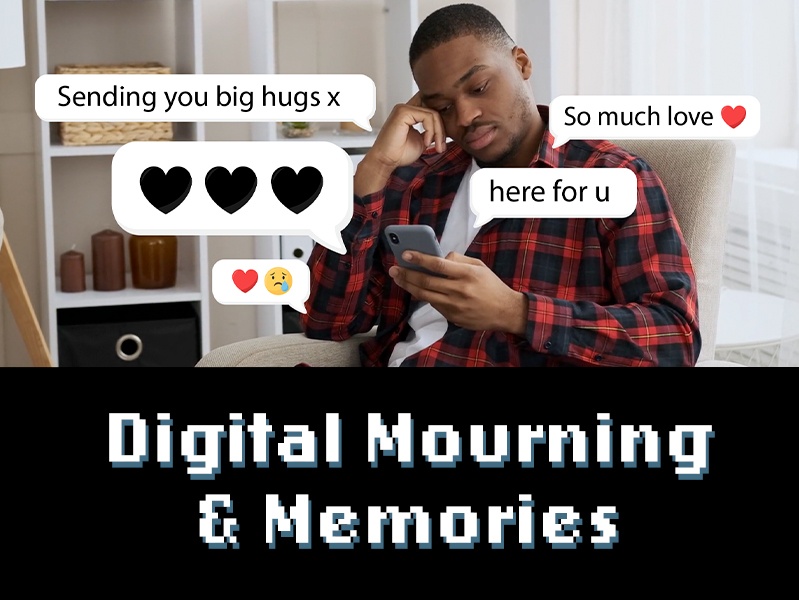Supporting Victims
The KCSIE guidance now includes more detailed advice on supporting children and young people who are victims of sexual violence, harassment, and peer-on-peer abuse (both in-person and online).
“All staff should be able to reassure victims that they are being taken seriously and that they will be supported and kept safe. A victim should never be given the impression that they are creating a problem by reporting abuse, sexual violence or sexual harassment. Nor should a victim ever be made to feel ashamed for making a report.” (Paragraph 18)
Image Sharing
“Behaviours linked to issues such as drug taking and or alcohol misuse, deliberately missing education and consensual and non-consensual sharing of nudes and semi-nudes images and/or videos can be signs that children are at risk.” (Paragraph 31)
Child Criminal Exploitation
“It is important to note that the experience of girls who are criminally exploited can be very different to that of boys. The indicators may not be the same, however, professionals should be aware that girls are at risk of criminal exploitation too.” (Paragraph 32)
Mental Health
If you’re a safeguarding professional or would like more information about resources, check out our CPD accredited training in your Safer Schools App.
If you’re a safeguarding professional and would like to register interest for upcoming mental health training click here.
“Schools and colleges can access a range of advice to help them identify children in need of extra mental health support, this includes working with external agencies.” (Paragraph 44)
Peer-on-Peer Abuse
“It is essential that all staff understand the importance of challenging inappropriate behaviours between peers, many of which are listed below, that are actually abusive in nature. Downplaying certain behaviours, for example dismissing sexual harassment as “just banter”, “just having a laugh”, “part of growing up” or “boys being boys” can lead to a culture of unacceptable behaviours, an unsafe environment for children and in worst case scenarios a culture that normalises abuse leading to children accepting it as normal and not coming forward to report it” (Paragraph 49)
Online Safety
The guidance now includes a new section on online safety, remote learning, filters and monitoring, information security, cyber-crime, etc.
“It is essential that children are safeguarded from potentially harmful and inappropriate online material. An effective whole school and college approach to online safety empowers a school or college to protect and educate pupils, students, and staff in their use of technology and establishes mechanisms to identify, intervene in, and escalate any concerns where appropriate.” (Paragraph 123)
Allegations Against Teaching Staff
This section has been updated and organised into two sections: low-level and high-level concerns.
The guidance has new information for staff to be aware of possible abuse signs and how to report this accordingly.
“This includes what a low-level concern is, making the link between low level concerns, staff code of conduct and safeguarding policies, and recording and sharing information with relevant parties including whether this information should be included in references.” (Part Four summary)
You can read the full updated guidance by clicking the button below. For a full list of changes, see page 161.
